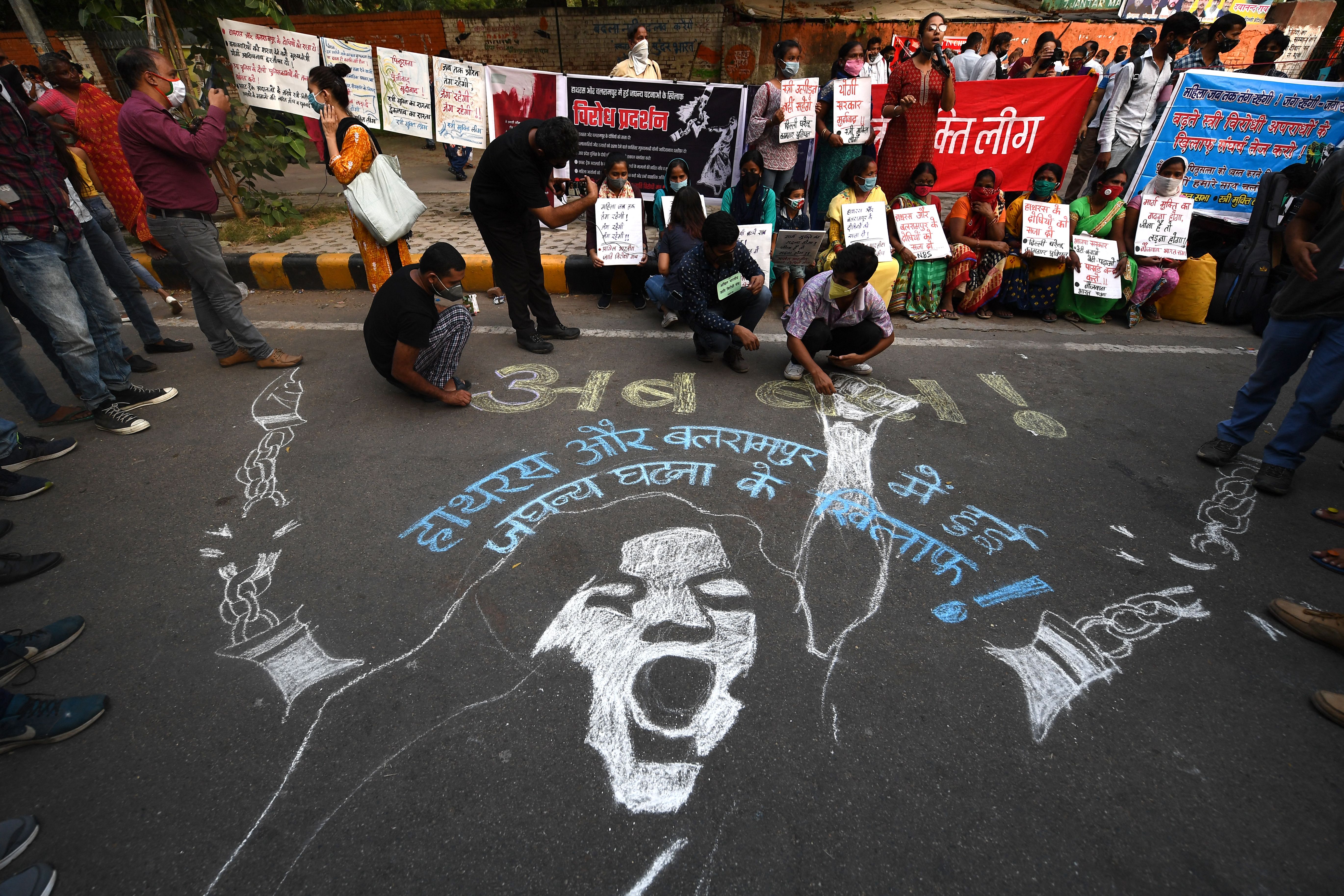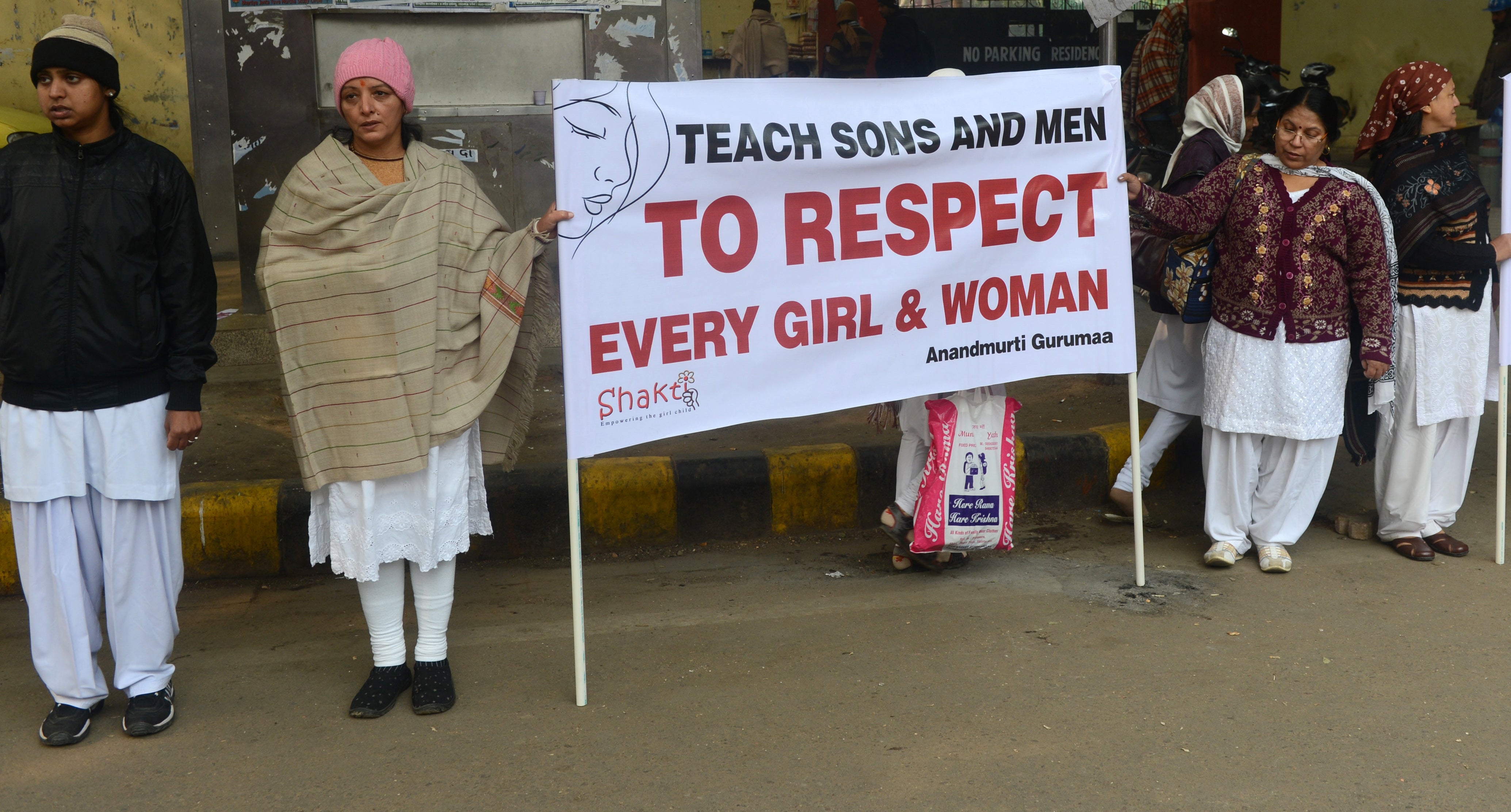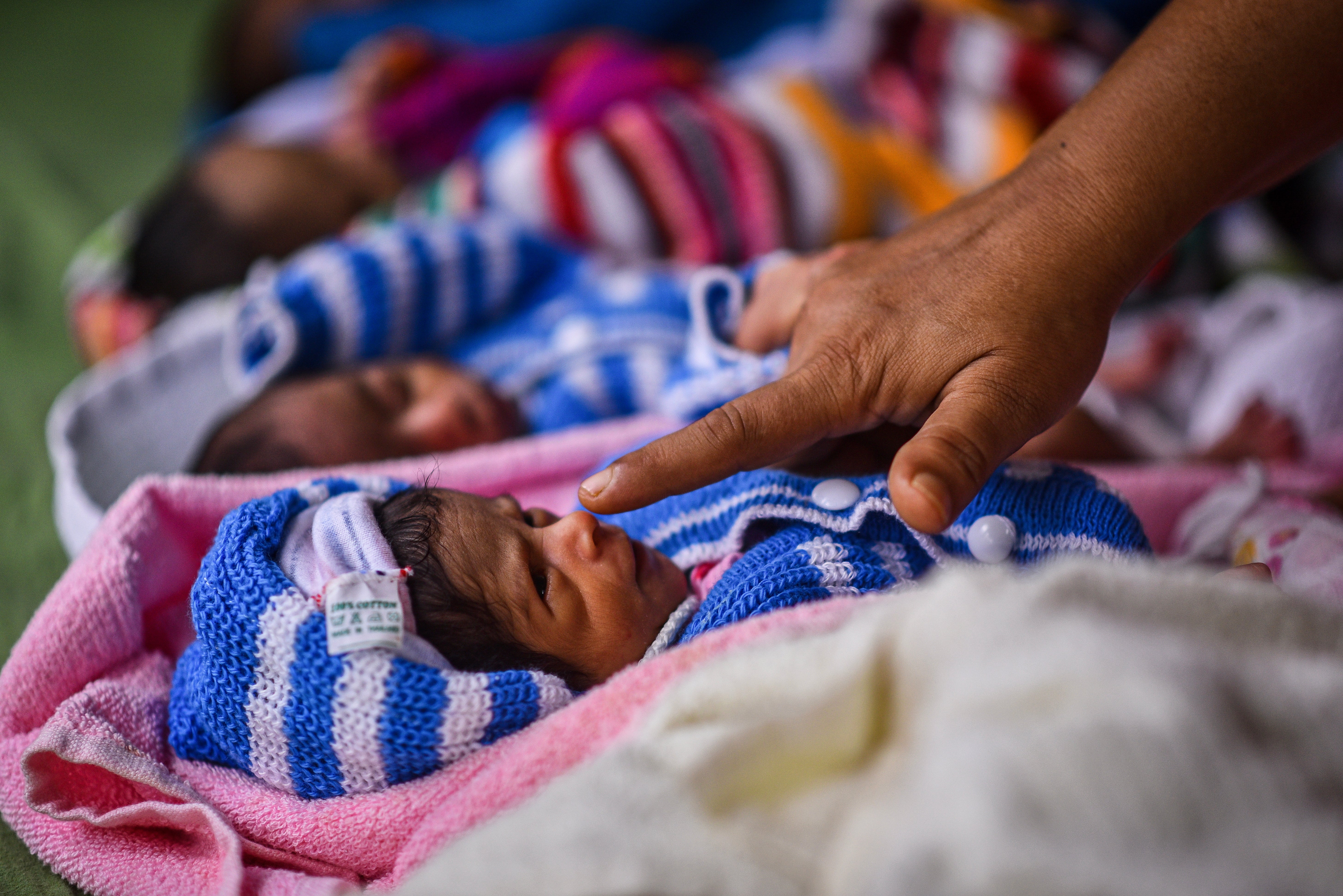Why an Indian men’s rights group is burning underwear
The group is protesting ‘anti-male policies’ and ‘women-centric gender-biased laws’ that they say are leaving men vulnerable. However, their claims don’t stack up against the reality of women’s lives in India, Shahana Yasmin reports
Earlier this month, an Indian men’s rights group launched a campaign that sent social media aflutter.
The NCM India Council For Men Affairs half-burnt their underwear and dispatched it to local politicians to show their discontent, and protest against what they call “anti-male policies” and “women-centric gender-biased laws” in the country.
The campaign was met with support from fellow men’s rights activists and ridicule elsewhere, but it did spark a conversation about gender dynamics and how they place in India’s legal framework.
The group argues that India’s legal landscape is baised against men. They cite provisions in the Protection of Women from Domestic Violence Act of 2005, rape legislation, alimony and maintenance laws in particular as being far more favourable to women than men.
These laws, they claim, leave men vulnerable to emotional, material and legal abuse by women and, therefore, should be made gender neutral.
The lack of gender neutral laws implies that “only women can be victims and men only oppressors”, the group’s founder and president KD Jha tells the The Independent. He adds that alimony and maintenance laws in India are gender neutral in theory but skew towards women in practice.
“I don’t think in India, as per our government, women have fewer rights. Women have all these laws which men don’t have,” Jha says. “Even in society, they get special treatment. They get freebies on buses, they have special compartments in metro trains.”
The men’s rights activists have a simple demand from the government: they want the laws specifically designed to protect women to be amended and made gender neutral.
They also want a new civil body to “sort out petty issues in a marriage” rather than police and the courts.
NCM India’s claims and demands, though, don’t really stack up against the reality of women’s lives in India.
The National Crime Records Bureau data, for one, paints a grim picture of gender-based violence in the country.
According to the bureau’s latest annual report, incidents of crime against women rose from 371,503 in 2020 to 428,278 in 2021 and 445,256 in 2022.
Just under one-third of the crimes involved cruelty by husband or his relatives, 19.2 per cent involved kidnapping and abduction, 18.7 per cent assault with intent to outrage modesty, and 7.1 per cent involved rape.

The crime rate per 100,000 of the women’s population also saw an increase to 66.4 in 2022 from 64.5 in 2021, indicating that women in India remain vulnerable to violence and exploitation.
Flavia Agnes, a prominent women’s rights lawyer and activist, says the men’s rights movement in India does not take into account the socio-historical context of patriarchy.
“The laws they have mentioned should not be gender neutral at all. Why? Because in a society, only equals can be treated alike,” she says. “People who are unequal cannot be treated alike. Because that will cause more harm to the unequal partner.”
Jha disagrees. He claims that “Indian family values” still exist, meaning the vast majority of domestic violence cases filed by women cannot possibly be true. A considerable number of men, he adds, are victimised by false accusations of rape and dowry harassment levelled by vindictive partners misusing the law.
According to the national crime data for 2020, however, less than 8 per cent of the cases under investigation for rape were found to be “false”.
Vrinda Grover, advocate and women’s rights activist, explains why a woman may file a complaint but not follow up. “There is a lot of pressure many women face like threats, intimidation, emotional coercion by family and friends. We know that a majority of the accused in sexual violence cases are those known to the survivor. Very often, women are discouraged with statements like, ‘Don’t do this, it will ruin your life,’ ‘Think about the accused’s wife, family, children,’ etc,” she tells The News Minute, an Indian media platform.
“It is not as though there are systems that all women who complain can access to safeguard themselves and their families. We know of cases where a woman has not come to court because her father has been attacked, she is facing dire threats or has been harmed if she tries to give evidence.”

Agnes says she has never seen a false accusation of rape or dowry harassment in all the time she has been a lawyer.
“The general complaint here is that police are not filing the case. We have to put so much pressure just to get a case filed. And unless there is medical evidence, police don’t file rape cases,” she adds.
In fact, data supports the widely held belief among women’s rights activists that sexual violence is severely underreported in India.
In 2018, news site Mint analysed data from the National Family Health Survey conducted in 2015-16 and found that 99 per cent of the instances of sexual violence in India went unreported. In most of these cases, the perpetrator was the husband.
The analysis also showed that the average Indian woman was 17 times more likely to face sexual violence from her husband than another person.
Moreover, NCM India’s demand for gender-neutral laws doesn’t seem to take into account the prevalence of patriarchal attitudes and practices in the country.
India passed the Dowry Prohibition Act in 1961 which made demanding, giving or taking dowry from the woman’s family at the time of marriage illegal.
Yet, the national crime data shows, India registered 13,479 cases under the Dowry Prohibition Act in 2022, with over 140,000 cases categorised under “Cruelty by husband or his relatives” section of the penal code. The country also saw 6,450 dowry deaths in 2022 and 6,589 in 2021.
A report by the Pew Research Center from 2022 shows that at least 9 million girls went “missing” in India as a result of female infanticide from 2000 to 2019.
The girls are labelled “missing” because they should have been born but were aborted instead for no other reason than their gender.
In 2019, according to an Al Jazeera report, government data in the northern state of Uttarakhand showed that no girl child was born across 132 villages in three months. This despite the fact that pre-natal gender screening was banned in 1994 with the aim of preventing sex-selective abortions.

Then, there is the question of social attitudes. The National Family Health Survey data showed that 45 per cent of women and 44 percent of men believed it was alright for a man to beat his wife if she mistreated her in-laws, ignored her marital home, rejected sex, or didn’t cook properly.
Agnes emphasises the need for NCM India’s demands and the existing laws to be looked at in the social context of India.
“A notion like a matrimonial home, where the woman leaves her maternal home to go live with the husband and his family, exists only for women. Property is usually bought in the name of the men, even though women, especially homemakers, contribute to the creation of wealth,” she says.
“And the argument that a woman is entitled to maintenance irrespective of her economic status if she files a domestic violence case too has no basis. The violence has to be proved in court, only then she is entitled to it.
“Oppression of women happens within a marriage, in her childhood, and throughout her life. To set the balance right, we need laws which are gender specific and work for the welfare of the women.”
Jha insists that neither he nor his organisation are against the “development or self-respect of women” but they are against “feminist ideology which differentiates between men and women”.
He claims that every political party’s manifesto has a policy or scheme for the benefit of women but not for men.
When women’s rights activists threw away their bras in 1960s America, they were discarding what they considered to be a symbol of their oppression.
When men’s right’s activists in India burn underwear today, it needs asking if their demand for equality at the very least acknowledges historical injustices and fosters a commitment to correct systemic discrimination.
Join our commenting forum
Join thought-provoking conversations, follow other Independent readers and see their replies
Comments
Bookmark popover
Removed from bookmarks